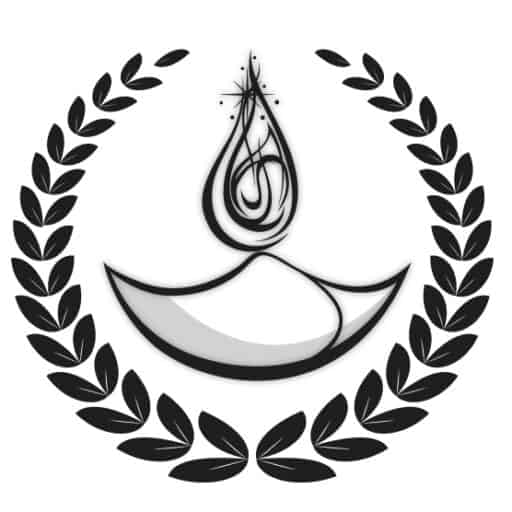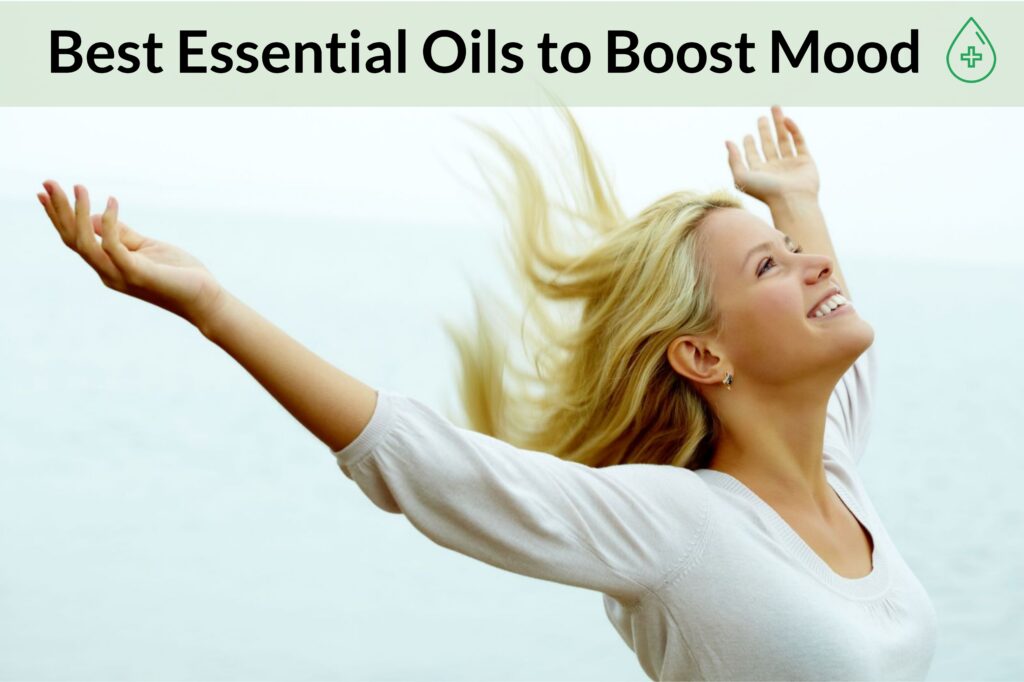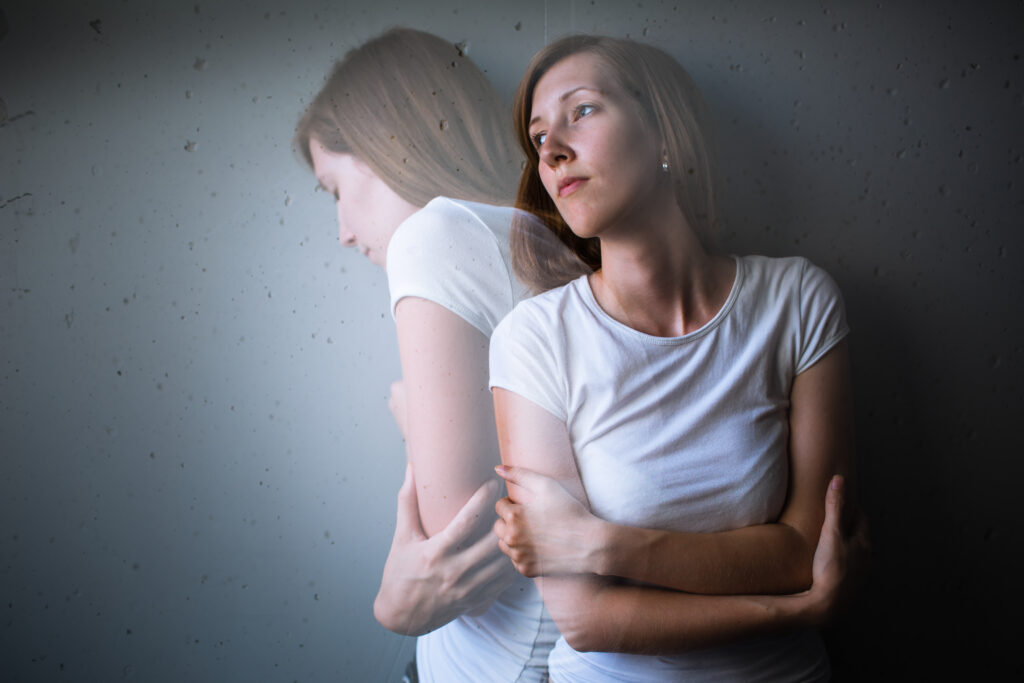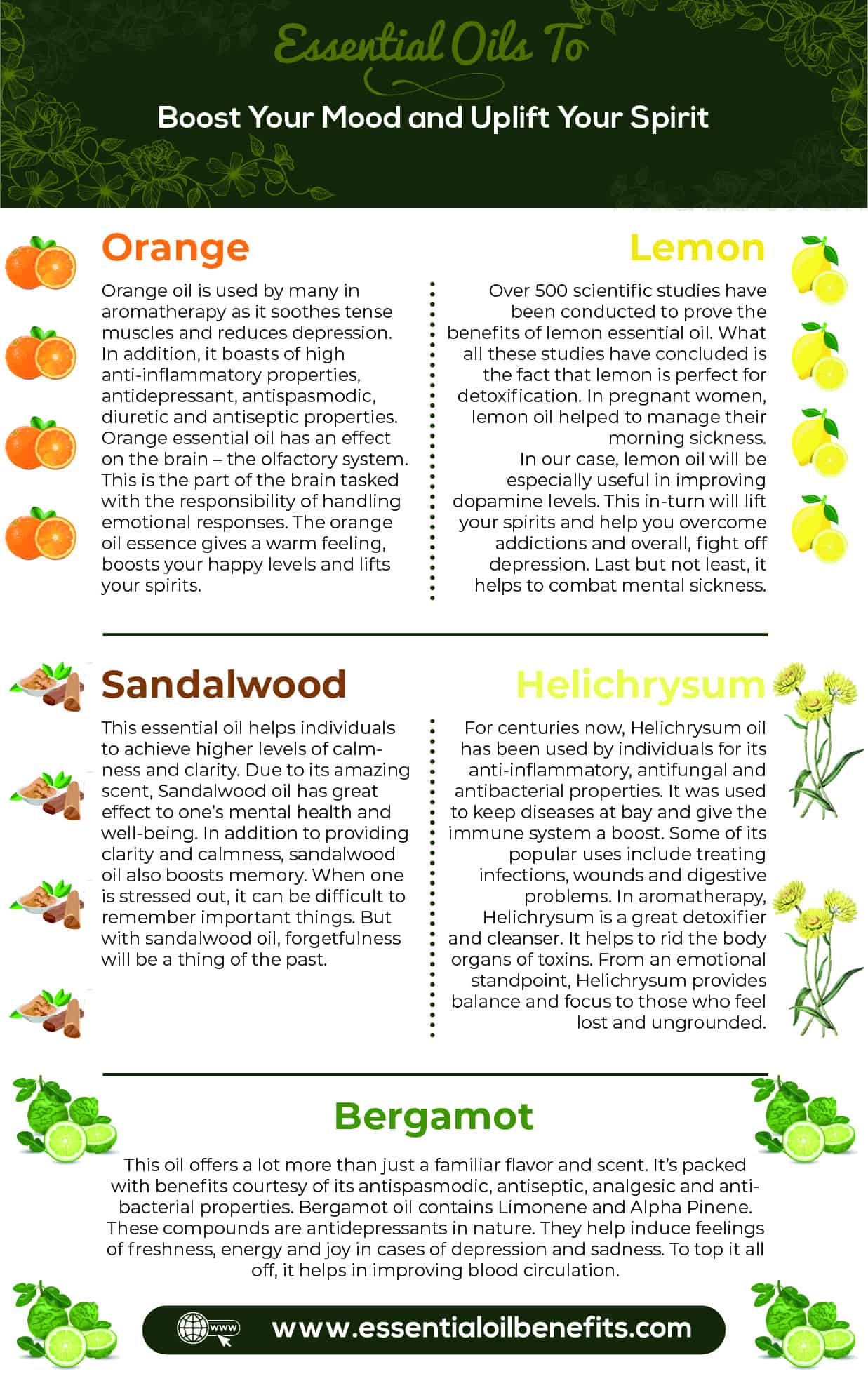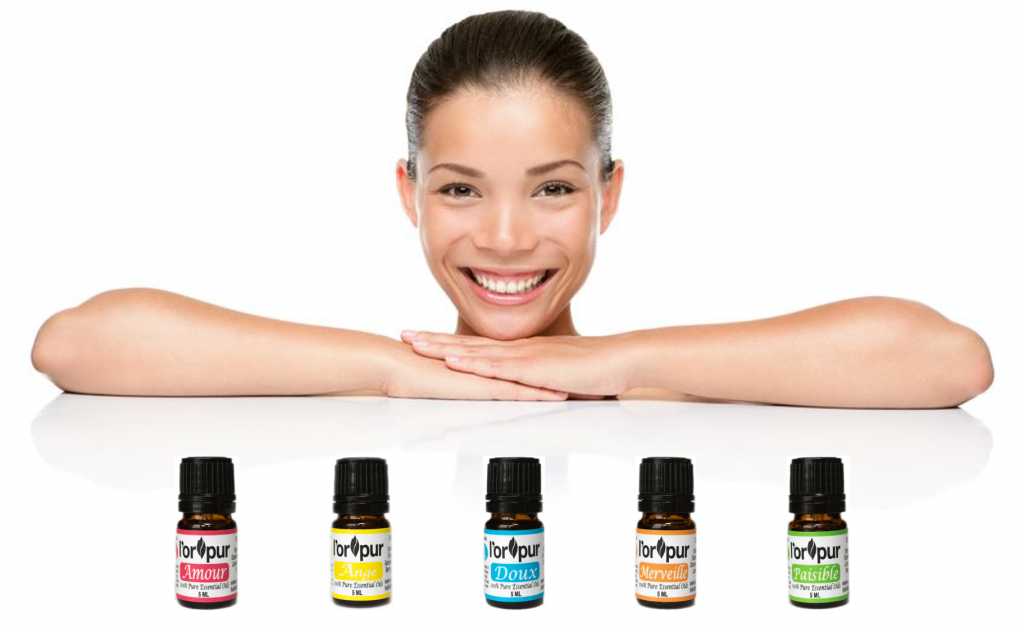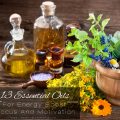Who among you Oliviarites can say they have life all figured out? Hmm? By a show of hands, how many can truly attest to this?
Well, if the number of lifted hands is anything to go by, I guess it is safe to say that none of us has. And this is nothing to be embarrassed about.
Life is like a book. It is split into pages. Each page comes with something new that we have to adapt to. Such is life and the sooner we get on board the better it will be.
Here is the thing – when life is throwing good times at us, it is easy to be enthusiastic, hopeful and passionate about it.
But when it seems to go off course, it is hard to fake a smile. And even when you manage to, your eyes will betray you. It is said, eyes are the windows to the soul.
I am not sure how true this is, I’m no medium but what I do know is that the eyes can snitch you to the world when you are having a bad day and your spirits are low.
Quick side note: did you know that part of a model’s job interview is to smile with their eyes.
Yes, I once saw this in play on America’s next top model. You can stop trying to make your eyes smile now – do that on your own time (haha). Let’s proceed…
Luckily, you are not sentenced to walk around with that dark cloud over your head for the rest of your life. Heck you shouldn’t have it over you by the time you finish reading this piece.
In here, I will introduce you to some magic that will send your mood and spirit soaring through the sky.
Moods vs Emotion: Differences & Traits
You know what they are. But can you explain them to a friend, or a child?
Explaining what mood is to an individual is much more difficult. For the longest time, I always thought my answer would be, “when you experience an excess of any ‘mood’ you will know”.
But I will not do that to you. So here is how I explain mood to those who ask (believe it or not, this happens a little too often). Not like too much, but even twice is a lot for such a question, don’t you agree?
The difference between being in a good and a bad mood is clear. The two are like day and night.
When you are in a good mood, you are cheerful and happy. No amount of sarcasm, irony or jokes played on you can get you down.
On the hand, a bad mood is characterized by being grumpy and sad. In this state, even the sight of your partner irks you. The morning sun feels like it is burning your skin while in actual sense, it is mild, gentle and soothing. I hope that explains it.
If not, here is a shorter version for you. Mood is basically a generalized internal state of feeling.
So is mood the same as emotion? No, no, no.
The two are different.
First, mood tends to last long (between hours and days) while emotions only last for seconds or minutes. Second, emotions tend to be specific. You can tell you are angry, or sad or happy.
Emotions tend to be directed to an object or a person. Moods on the other hand, are diffuse and engulfing. You cannot pin point the problem. It feels like you are surrounded by a cloud of just about everything. Additionally, moods have no recipient – they just are.
Last but not least, and this might shock some of you, moods tend to be mild compared to emotions. Yes it’s true. Before you roll your eyes on this statement think about it for a second.
With emotions, say despair, terror and exhilaration, you feel them quite strongly. But with moods, at times you are not even aware of them until someone points it out and you take a moment to reflect on your reactions to certain situations.
But even with the above differences, the two are linked. When you are in a bad mood, you harbor negative emotions including anger, fear and sadness.
The reverse is true. When you are in a good mood, you are positive and filled with joy, happiness and even hope. As such, you could use emotions to tell what mood one is in.
I will not go deep into this, but mood is different from personality. Moods change way too often and they cannot be used to describe a person like is the case with personality.
Now that you know what moods are and understand how they differ from emotions and personality, let’s have a look at some types of mood disorders.
At this point, I would like to mention that we all experience changes in moods at some point in our lives. As such, a simple mood change should not get you thinking you are going crazy.
However, if you do experience persistent mood changes characterized by super lows and highs, you have the right to get concerned.
An unfortunately, women are more likely to be diagnosed with mood disorders than men (I say unfortunately because I am a lady meaning this affects me too – wanted to clear that up so you don’t start thinking I am sexist).
What Are The Types of Mood Disorders
a) Major Depression
This is an unshakeable and persistent feeing of emotional numbness, hopelessness and despair. An individual with major depression may have a change in his/her appetite or even experience some difficulty in eating.
He/she may find it difficult to concentrate on hobbies, sleep or work. Worse still, he/she may harbor suicidal thoughts.
Such persons may have some moments of happiness and other heightened moods. But mostly, the disorder is characterized by persistent feelings of sadness and wanting nothing to do with the world.
This type of mood disorder can be triggered by genetics or childhood events. Additionally, it could be triggered by:
- Social isolation
- Grief due to loss of a valued possession or a loved one
- Major changes in life such as retirement, graduation and moving
- Relationship conflicts
- Verbal, physical and emotional abuse
b) Bipolar Disorder
For a long time, health experts referred to it as manic depression. Bipolar depression is divided into two; bipolar disorder 1 and bipolar disorder 2. These two are characterized by severe mood swings ranging from serious depression, and low mood to extreme happiness.
Bipolar Disorder 1
This disorder is characterized by an elevation in manic mood which lasts for 7 days at the very least. An individual with this disorder will also experience manic symptoms that are severe and will need to be hospitalized for safety (their own and those living around them).
Depressive episodes come after the manic episodes and usually last for a fortnight. In this type, it is possible for an individual to experience both depression and mania simultaneously.
Bipolar disorder 2
This disorder is characterized by cycles between hypomania and depression. Hypomania is a mild version of mania, but do not get it twisted; it still can disrupt one’s life.
c) Anxiety disorder
This disorder is characterized by feelings of looming problems, paranoia and unspecified worries. Anxiety disorder can be divided into several categories. These categories include:-
Social anxiety: this is simply the fear of being judged by everyone else. This fear is present regardless of the social circle or the professional situation one is in. I know we all do not enjoy being judged or being laughed at when we suck at something. But it takes much more than innocent dignity preservation instincts to be diagnosed with social anxiety
Generalized anxiety disorder: this is a general feeling of excessive worry and restlessness. It lasts for several months.
Panic disorder: this disorder is characterized by recurrent and unexpected panic attacks that may be triggered by major life events at some point in life. But with time, the panic takes a detour and is no longer a direct result of the original fear that triggered it.
d) Dysthymia
This is a type of depression. It is, however, milder and features fewer symptoms in comparison to major depression. Nonetheless, it still is chronic and can easily get in one’s way of life. The disorder can persist for two years. The symptoms related with this condition include:
- Fatigue
- Insomnia
- Oversleeping
- Difficulty in concentrating
- Loss of joy in former activities that one used to derive pleasure from
- Recurring (though not consistent) thoughts of ending one’s life
- Low mood or sadness throughout the day
e) Cyclothymia
This mood disorder has characteristics that make it similar to bipolar disorder 1 and 2. The only difference between it and the bipolar conditions is the fact that the emotional lows and highs are not as extreme.
An individual with Cyclothymia experiences downswings and upswings that deviate from one’s mood-baseline. These changes are not as a result of major changes in life like the death of a loved one or losing a job. Some of the symptoms of the condition include:
- Extreme optimism
- Excessive talking
- A heightened self esteem
- Euphoria (exaggerated happiness)
- Inability to concentrate
- Reduced sensitivity to feelings of fatigue and sleepiness
The depressed symptoms of the same condition include:
- Emptiness, sadness and hopelessness
- Irritability to teens and children especially
- A lot of sleeping
- Feeling fatigued and run down all the time
- Trouble concentrating
- A loss of interest in hobbies and other enjoyable activities
f) Seasonal Affective Disorder
Some health experts refer to this condition as seasonal depression. It is a type of depression that is triggered by changes in seasons. These changes result in the amount of serotonin produced by the brain and eventually throw off the normal hormonal balance.
The above changes usually happen when summer ushers in winter. Though for some, the changes happen when winter ushers in summer. The world is a crazy place.
g) Health-related mood disorder
The disorder alters one’s moods. These changes gravitate towards depression. The mood changes are often related to underlying medical conditions. Most people do not take news of terminal illnesses well.
As a matter of fact, most tend to go into depression or acquire other mood related disorders. This is expected. After all, it is a major change in one’s life. It alters all future plans and life as one had gotten used to.
h) Substance-induced mood disorder
The name says it all. This disorder is caused by a drug or chemical substance that affects an individual’s psychological state. Addiction to any substance or a withdrawal from it leads to changes in one’s moods. Individuals may experience depressive or manic episodes.
Most disorders are tied to alcohol, caffeine and nicotine.
Who Do These Mood Disorders Affect?
Mood disorders are common. However, certain persons are predisposed to develop them that others. Below is a list of such persons.
Young people – it is true that mood disorders could develop at any point on your life. However, many start experiencing the symptoms in their teens and early twenties. In Canada for instance, most individuals diagnosed by bipolar disorder are aged between 15 and 19 years.
Women – women are more susceptible to depression, SAD and dysthymic disorder. However, bipolar disorder seems to affect both women and men equally.
Family member – if you have a relative with a mood disorder, you have higher chances of developing one as well.
Persons abusing substances – as I’ve pointed out above, addiction and withdrawal can trigger manic and depression episodes. They could make existing mood disorders worse.
Persons living with terminal diseases including: Alzheimer’s disease, heart disease, AIDS and cancer are likely to fall into depression. The same is true for persons with eating and anxiety disorder.
Treating Mood Disorders
Mood disorders can be treated. With proper treatment, 80% of people diagnosed with mood disorders no longer experience their symptoms. Some of the common treatments include:
a) Counseling
Some of the most common forms of counseling include interpersonal therapy and cognitive-behavioral therapy.
Interpersonal therapy is designed to help individuals improve on their interaction with people around them while cognitive behavior therapy is designed to help one understand the relationship between behaviors, thoughts and mood.
b) Medication
Depression can be treated by antidepressants. Bipolar disorder on the other hand is handled by mood stabilizers. There also exists some medication for anxiety and psychosis.
c) Electroconvulsive therapy
This helps people with severe bipolar disorder and depression. It’s usually a treatment of last resort when medication and counselling have failed.
d) Light therapy
People with SAD benefit from light therapy. Light therapy makes use of special lights. These lights have a brightness level that is higher than that of indoor lights. However, it’s not always a good option for all. Before getting into it, you should consult with your doctor.
How Can Essential Oils Help To Boost Your Mood and Uplift Your Spirit
Reading this, you might be a skeptic. How can such problems have such simple solutions. I get it, life can be hard. But at times, the solutions to our problems are those right under our noses.
The thing about essential oils is that they affect a load of biological factors including stress levels, the heart rate, blood pressure, immune function and breathing.
They achieve their varied effects courtesy of aromatic compounds naturally present in them. These compounds cross the brain/blood barrier and directly impact on certain parts of the brain related to the control of feelings of stress, anxiety and depression.
There are a lot of biological processes that go on behind the scenes. But I’d rather not bore you with all that. The point is essential oils work magic on impacting your moods.
Below are some that you can give a shot to lift your spirits and mood.
1. Orange
The smell of an orange being ‘skinned’ is heavenly. The aroma and the taste from the orange are concentrated to make orange essential oils.
Orange oil is used by many in aromatherapy as it soothes tense muscles and reduces depression. In addition, it boasts of high anti-inflammatory properties, antidepressant, antispasmodic, diuretic and antiseptic properties.
Some bit of good news to the guys; health experts have revealed that it also helps to solve impotence, decreased libido and erectile problems. The thought of getting back in the sack in full force is exciting right?
In addition to the above, orange essential oil has an effect on the brain – the olfactory system. This is the part of the brain tasked with the responsibility of handling emotional responses. The orange oil essence gives a warm feeling, boosts your happy levels and lifts your spirits.
2. Lemon
Over 500 scientific studies have been conducted to prove the benefits of lemon essential oil. What all these studies have concluded is the fact that lemon is perfect for detoxification. In pregnant women, lemon oil helped to manage their morning sickness.
In our case, lemon oil will be especially useful in improving dopamine levels. This in-turn will lift your spirits and help you overcome addictions and overall, fight off depression. Last but not least, it helps to combat mental sickness.
3. Sandalwood
This essential oil helps individuals to achieve higher levels of calmness and clarity. Due to its amazing scent, Sandalwood oil has great effect to one’s mental health and well-being.
In addition to providing clarity and calmness, sandalwood oil also boosts memory. When one is stressed out, it can be difficult to remember important things. But with sandalwood oil, forgetfulness will be a thing of the past.
4. Helichrysum
For centuries now, Helichrysum oil has been used by individuals for its anti-inflammatory, antifungal and antibacterial properties. It was used to keep diseases at bay and give the immune system a boost. Some of its popular uses include treating infections, wounds and digestive problems.
In aromatherapy, Helichrysum is a great detoxifier and cleanser. It helps to rid the body organs of toxins. From an emotional standpoint, Helichrysum provides balance and focus to those who feel lost and ungrounded.
5. Bergamot
This oil offers a lot more than just a familiar flavor and scent. It’s packed with benefits courtesy of its antispasmodic, antiseptic, analgesic and antibacterial properties.
Bergamot oil contains Limonene and Alpha Pinene. These compounds are antidepressants in nature. They help induce feelings of freshness, energy and joy in cases of depression and sadness. To top it all off, it helps in improving blood circulation.
5xBlends To Boost Your Mood & Uplift Your Spirits
Discover the L’orpur Essential Oils Blends Kit – There’s nothing like it!
Essential Oil Diffuser Blends For Boosting Your Mood & Uplifting Your Spirits
Recipe 1: De-stress Blend
What you need:
- Sandalwood – 6 drops
- Rose – 2 drops
- Jojoba oil – 1/2 oz. (15ml)
It is never a good feeling to have a dark cloud raining heavily on you. Depression eats you alive and causes you to lack the zeal to live on. Lucky for you, Olivia is here to the rescue with this destressing blend.
The scent from the sandalwood oil will ‘shock’ your brain’s limbic system to life. Overall, the blend will balance your emotions and improve the quality of your sleep.
Once you mix the ingredients, you can massage the bottom of your feet and wrist with it. If you’re into it, you can ask your partner to give you a full body massage with this blend, you will feel super relaxed after and sleep like a baby.
Recipe 2: Instant Energy Blend
What you need:
- Peppermint – 3 drops
- Orange – 4 drops
- Lime – 2 drops
Running low on energy? Feeling super tired? Finding it increasingly hard to get out of bed in the morning (and on the right side)?
Well, we have all been there. The good news is that this blend will give you an energy boost on a cellular level. Your body and mind will have no choice than to follow suit and kick the grumpiness to the curb.
Mix the ingredients in a bowl and then add them to your diffuser. Add water to the bend according to your diffuser’s instructions. Let blend work its magic.
Recipe 3: Citrus Smile Blend
What you need:
- Orange – 3 drops
- Bergamot – 4 drops
- Lemon – 2 drops
Honestly, who likes a grumpy person? I know I don’t. I’m naturally drawn to persons who love to laugh and smile. Smiles and laughter are infectious and you know it. Aside from giving you that ear-to-ear smile and boosting your spirits, this blend is a perfect wingman. With its smiling effects, it’ll reel in suitors for you.
Do note that this is a diffuser recipe. Mix the ingredients above and pour them into your diffuser and follow your diffuser instructions. And viola, you are done. Turn that frown upwards.
Recipe 4: Esensh Oil Confidence Booster
What you need:
- Roller bottle – 30 ml
- Peppermint – 10 drops
- Rosemary – 5 drops
- Fractionated coconut oil – 1 oz. (30ml)
The great thing about life (depending on how you choose to look at it), is that we don’t know what will happen in the future. Sure we can predict, but that’s just about it. Worrying and fearing what the future hold will only cause you heart ache and you will miss out on the good times life offers today.
To boost your confidence and dissolve your fear of tomorrow (not too much to be carefree though), try this confidence blend. It will literally take you two minutes to prepare.
Add the ingredients into the roller bottle and give them a good mix. Roll the blend onto the forearms and rub them together. Once you are done, store the blend in a cool and dark place.
Recipe 5: Sweet Calm and Focusing Blend
What you need:
- Roman Chamomile – 5 drops
- Lavender – 3 drops
- Ylang Ylang – 2 drop
If you feel time is dragging, or you seem to be reading the same paragraph/sentence repeatedly, or lose track of things you were doing, you need to refocus your mind.
Whether it is a mood disorder or simply lack of sleep or mental fatigue, something needs to be done. That something is whipping up this refocusing and calming blend. No more operating at half speed!
This is a diffuser blend. As such it is easy to prepare. Simply mix the ingredients thoroughly, pour them into your diffuser and add water. You are set.
Recipe 6: Tropic Peace
What you need:
- Ylang Ylang – 4 drops
- Sandalwood – 2 drops
- Tangerine – 3 drops
What is the first thought that pops into your head when the word ‘tropic’ is mentioned? Peace and tranquility right? There is just something about being deep in the heart of nature that is calming and gives peace.
Unfortunately, with your work schedule right now, you cannot afford a trip to the tropical lands. But does this mean you cannot experience peace at such levels? Hell no! This blend brings the tropics to you. It is a diffuser blend.
Parting Shot
Yes, life is full and up and downs. It is a rollercoaster. We all seem to hate the lows and thrive on the highs.
But even while this is the case, we cannot allow ourselves to miss the moments life throws at us on a daily basis. We cannot afford to be down and gloomy. Let no disorder get you down. The above essential oils and blends have got their (the above mentioned disorders) number.
Hope you enjoyed this read as much as I enjoyed piecing it together!!!
